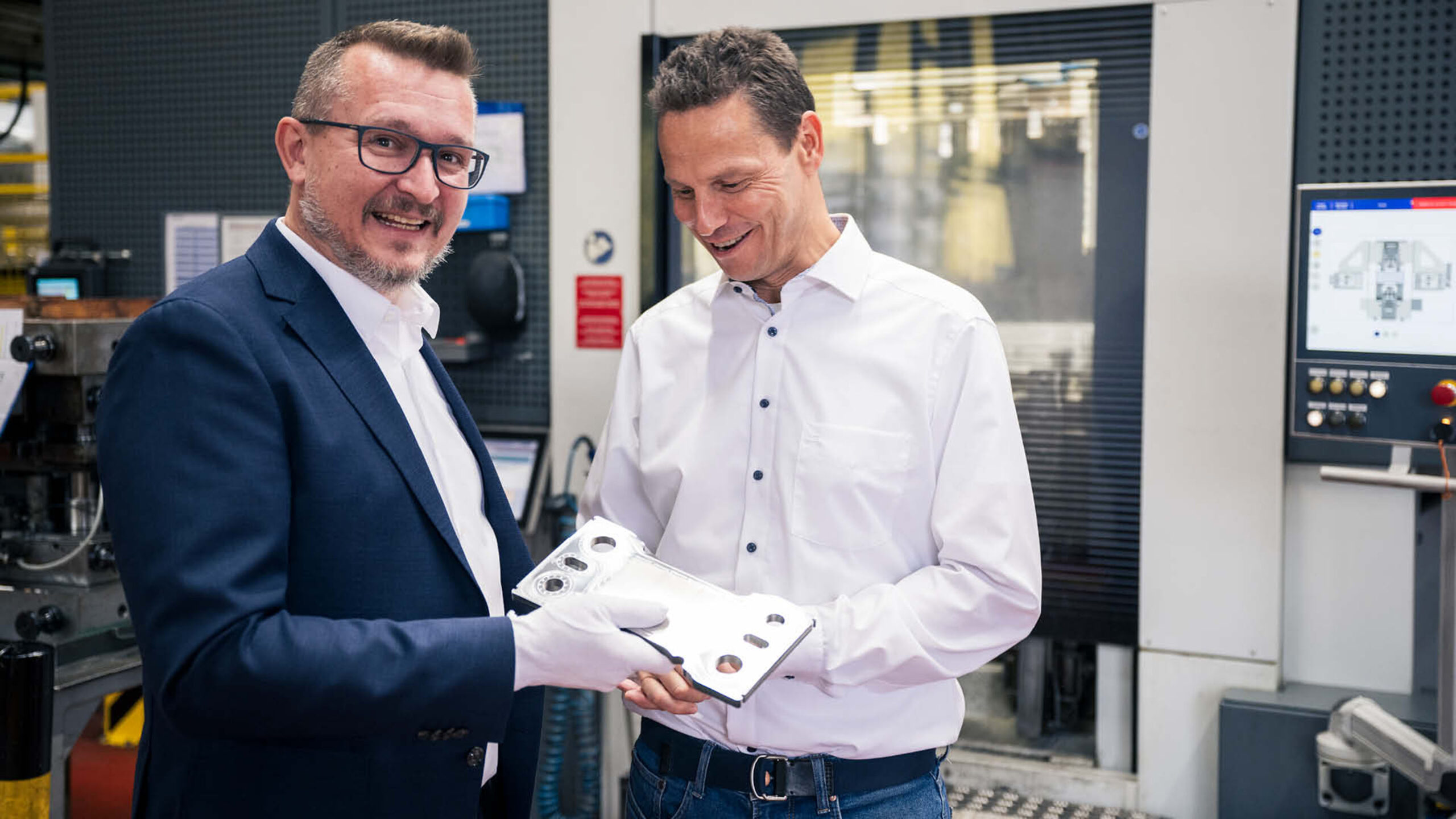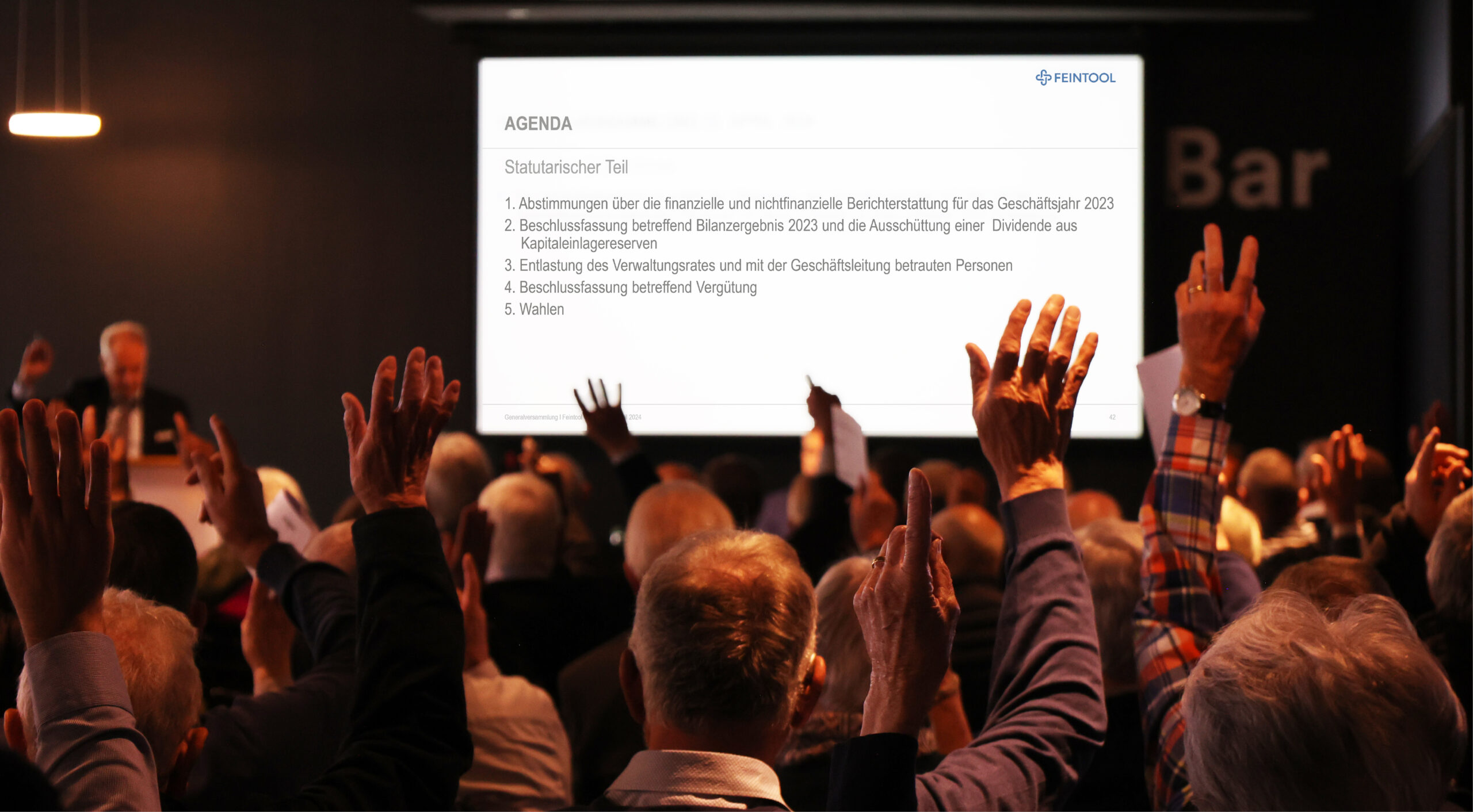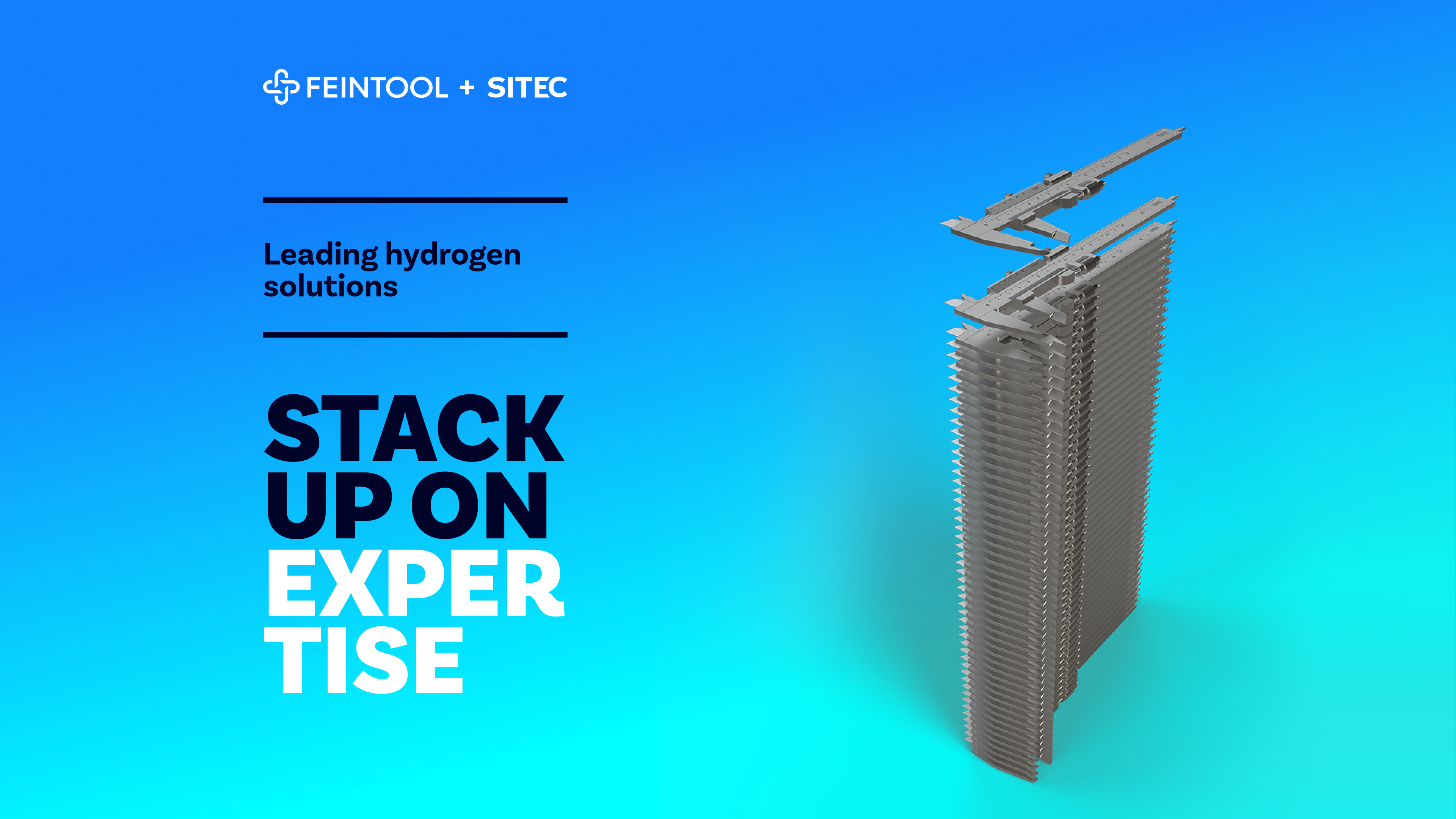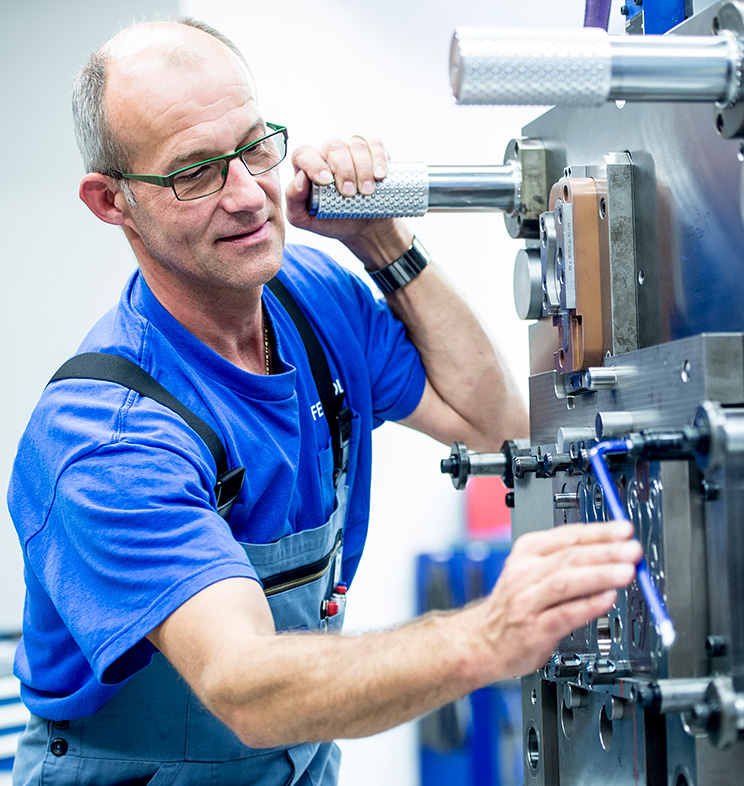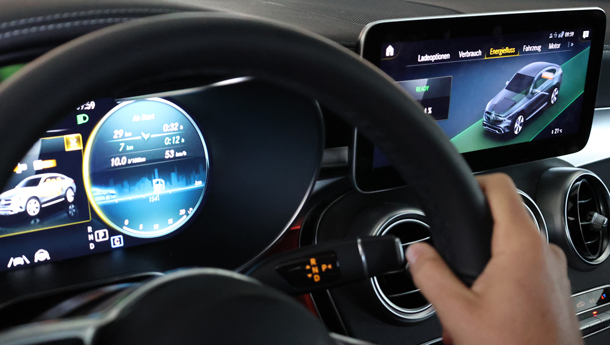
Automotive trends: a thematic preview to Blechexpo & CTI symposium.
The future of the automotive industry for manufacturers and suppliers: How will the car be fit for grandchildren?
The automotive sector is facing a fundamental change. A transformation that the international trade shows are also taking into account: the megatrends of the future are the topics of the hour. Both at Blechexpo in Stuttgart at the end of October and at the CTI Symposium in Berlin at the beginning of December, the subjects will be connectivity, autonomous driving, CO2 neutrality and alternative drive technologies.
Already this summer, at Feintool’s semi-annual conference in Zurich, transport and mobility expert Thomas Sauter-Servaes gave fascinating insights into the future of the automotive industry. Trends that also have a significance for Feintool that can hardly be overestimated. We have summarized the key statements for you.
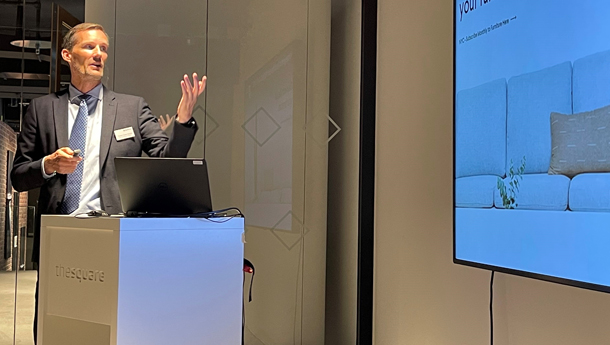
From car quartet to «Race to Zero»
«Race to Zero» is a United Nations campaign in which all participants are aiming for climate neutrality by 2050. This means that the motto «faster, bigger, further, higher» that is common in the car quartet, is losing ground in favor of a new factor: sustainability. «We want to turn everything to zero», Sauter-Servaes said, summing up the political thrust. But aren’t we already at the finish line, don’t we already have the «net zero car» with an electric car? Sauter-Servaes answered in the negative, saying that «Net Zero Emissions» is about more than just changing the powertrain. So, what do we need to become «grandchild-friendly» in automobility, as Sauter-Servaes calls it? Material efficiency plays a decisive role here.
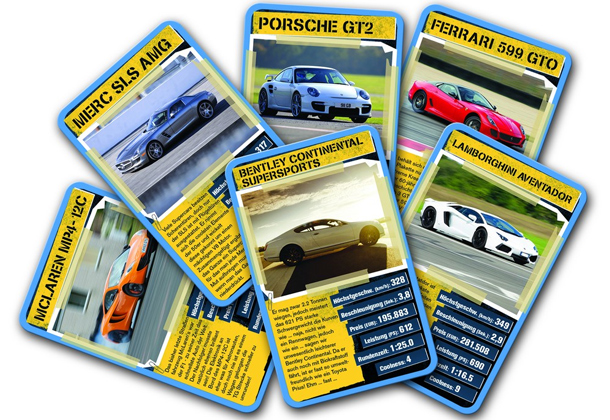
Suboptimal: emissions and efficiency
A look at the development of greenhouse gas emissions in the EU from 1990 to 2018 shows: While all other sectors, such as the building sector or industry, were able to reduce their emissions, the transport sector increased by 30 percent. This sector is responsible for around 1/3 of CO2 emissions in Europe, with 97 percent of emissions coming from road traffic. The efficiency balance does not look much better: A car in Switzerland is used on average only 5 percent of the time, the rest of the time it is stationary. It has an average of five seats and yet carries only 1.1 people during rush hour. The useful energy is just as inefficient: only 25 percent of the energy supplied is used for propulsion; the rest is «waste heat and chatter», says Sauter-Servaes. The trend toward more acceleration and propulsion has also led to more weight. On average, a current vehicle in Switzerland weighs 1.7 tons and has 170 horsepower – with the 1.1-passenger rush hour load. «Efficiency is something else», Sauter-Servaes notes.
Five trends for more «Greta suitability»
From here, he says, the automotive industry needs to look for the new car that Greta would also enjoy. It’s all about sustainability in all areas. For Sauter-Servaes, this results in five market trends.
Trend 1: Connected Car
According to Sauter-Servaes, tomorrow’s vehicles will be like smartphones on wheels, able to send and receive large amounts of data at any time. The advantage for manufacturers is that customer data will end up with them and no longer with the dealers. The after-sales business is being shifted to digital, which offers great opportunities. Instead of selling customers a car only once every eight years, the automotive industry can continue to serve them like a club member. The car is the ticket for this new and intensive customer relationship between manufacturer and end customer.

Trend 2: Autonomous driving
The second trend, autonomous driving, is «the fusion reactor» of the automotive industry. Even if the technical possibilities are already there, practice is still lacking, Sauter-Servaes continues. Indeed, many manufacturers have repeatedly postponed their dates for autonomous driving. Sauter-Servaes misses «real creativity» here, an actual rethinking of mobility. After all, autonomous driving offers entirely new possibilities, for example in the direction of micro-homes on wheels or a road office.
Trend 3: Shared services
What else can we do for greater sustainability? Can we create a replacement for traditional mobility with an «owned vehicle»? This approach offers many ideas for new transport packages, says Sauter-Servaes. These packages must be attractive enough to be an alternative for the user, both functionally and emotionally. As an example, he cites a combination of a rental car and a ticket for public transportation, with additional modules such as a charging station, parking at the station, or a cab flat rate. «At the moment, this is still a high-price product, but it will come», Sauter-Servaes is certain.
Trend 4: Electrification
The fourth trend is already a reality: «The die is cast», says Sauter-Servaes, adding that the future is electric. In fact, all major OEMs have announced their phase-out dates from internal combustion engines. Currently, the most efficient alternative is the electric battery. However, the most efficient variant does not always prevail, which is why it is right and important that Feintool remains open to all types of technology. The battery is not yet fully sustainable. The production of batteries still involves 6 to 10 tons of CO2. According to Sauter-Servaes, it is not enough to just replace the drive: «For “Net Zero”, we have to look at the vehicle itself and see what is possible.»
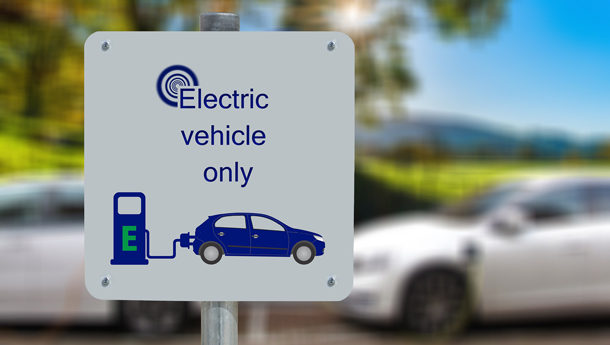
Trend 5: Circular economy
This brings us to trend number five, the circular economy, which primarily refers to three areas: Information, product as a service and reuse/recycle.
Information is currently inadequate. Customers learn nothing about the manufacture and recycling of their vehicle. Energy and efficiency values refer to the use phase. In mobile communications, there are already labels that also include longevity and resource conservation; Sauter-Servaes believes that the automotive industry should perhaps also move in this direction.
In the area of Product as a Service, the focus is on the subscription cars. The first manufacturers are already thinking in this direction, for example the Chinese car manufacturer Geely with its subsidiary brand Lynk & Co: Members can rent and lease cars via a car-sharing platform. However, the vehicle always remains in the possession of the OEM, which also links Reuse & Recycle to the OEM. This makes it exciting for the manufacturer to install high-quality and durable parts, as Feintool offers.
Conclusion: Life cycle assessment as a decisive success factor
Thomas Sauter-Servaes concludes that the life cycle assessment will be decisive for the automotive industry. The major goal of «Net Zero» is only possible if the automotive industry puts vehicle construction itself to the test. In the future, the focus will not only be on the use phase, but also to a much greater extent on the production phase and thus also on material efficiency. This is where sustainability matters – not only for manufacturers, but also for tier 1, tier 2 and tier 3 suppliers.

